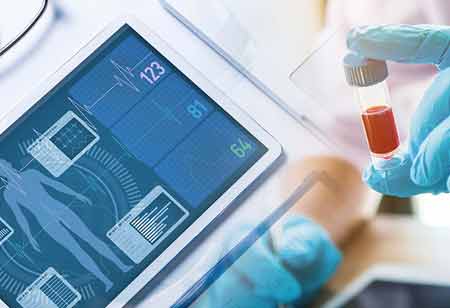Thank you for Subscribing to Healthcare Business Review Weekly Brief
How to Secure IoT in Long Term Healthcare

Be first to read the latest tech news, Industry Leader's Insights, and CIO interviews of medium and large enterprises exclusively from Healthcare Business Review
Thank you for Subscribing to Healthcare Business Review Weekly Brief

By
Healthcare Business Review | Thursday, December 16, 2021
Stay ahead of the industry with exclusive feature stories on the top companies, expert insights and the latest news delivered straight to your inbox. Subscribe today.
Controlling IoT access necessitates the command of both the devices and the humans who connect to them. It is critical to understand the role of each before deciding on the type of access to grant to a person or an IoT device.
Fremont, CA: Without a doubt, IoT technology is having a significant impact on the healthcare industry. According to recent studies,70 percent of all best-selling wearables are dedicated to the health and wellness industry, with experts predicting that 40 percent of all IoT-powered devices will be utilized in healthcare by 2026.IoT devices provide exceptional benefits for improving operational efficiency, patient outcomes, and cost savings in healthcare settings.
Unfortunately, many IoT devices introduce fundamental security risks that pose significant risks to entire long-term care facilities.Hackers are now targeting nursing homes, assisted living facilities, and their residents by exploiting vulnerabilities in any type of connected device.
How to Secure IoT Devices in Long-Term Healthcare Care
Determining the Role of Users, Devices, and Things
Controlling IoT access necessitates the command of both the devices and the humans who connect to them. It is critical to understand the role of each before deciding on the type of access to grant to a person or an IoT device. Before granting network access, it is good to find out why a person or device is requesting it. Determining user roles is especially important in long-term care settings because the majority of health care IT professionals are hired from outside the field.
Incorporating Real-Time Intelligence to Find out Subtle Changes



